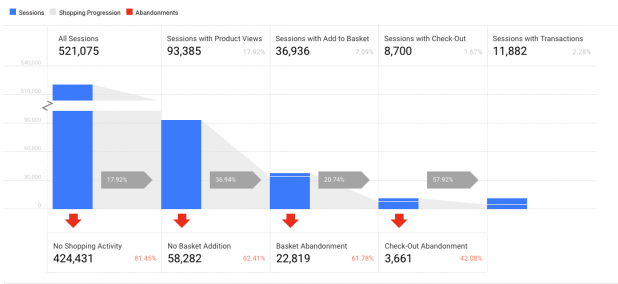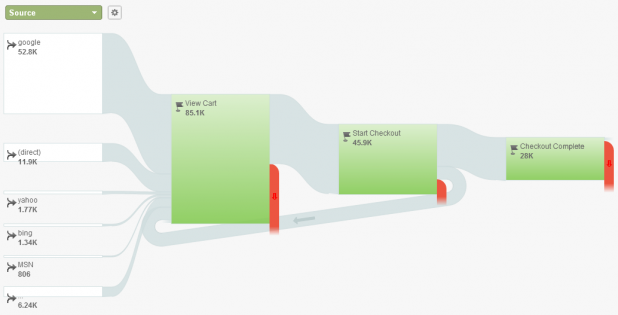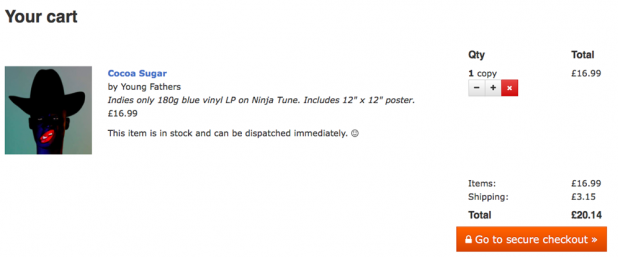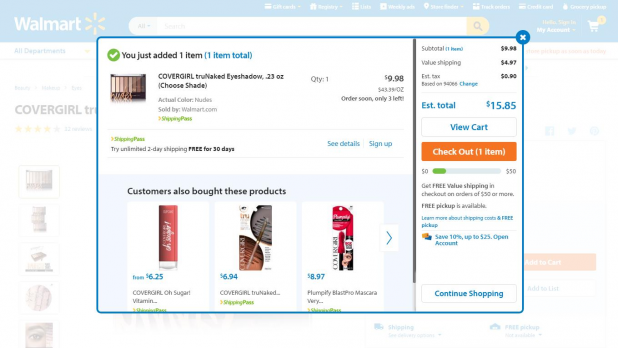Are your customers abandoning their carts? It’s a common problem in the eCommerce world. It doesn’t matter if a customer adds items to their cart, it’s very likely that they won’t go through with the sale.
Why? A few reasons. And once you know what these reasons are, you can then put together a plan of action for reducing shopping cart abandonment and persuading customers to complete their purchase.
Let’s take a look at why customers abandon their carts in 2019 – and how you can prevent cart abandonment as much as possible from now on.
1. Determine Leaky Spots In The Checkout
A leaky spot is basically a place in your checkout process where customers are dropping off. But you won’t know where – or why – customers are dropping off if you don’t identify these leaky spots.
To do this, you need to, first of all, add enhanced eCommerce tracking via Google Analytics.
Go to Google Analytics, click “Conversions” followed by “eCommerce” and then head over to “Shopping behavior.”
This will display your cart abandonment rate, so that you know what you’re currently working with.
Then, head to “Conversions” followed by “Goals” followed by “Goal Flow” to carry out a goal flow analysis.
Note, however, that you need to establish a goal first before doing this.
A goal flow analysis will help you find out where in the customer journey/checkout process your customers are dropping off. Once you’ve got this information, you can then work out a strategy that reduces drop-off rate.
2. Add Reassuring Copy
There are always anxieties that prevent a customer from completing a purchase. No matter how close they are to the end, there’s still a niggling doubt in the back of their minds that stop them from finalizing things.
Remember that customers need to trust you and your products before they’ll make a purchase from you. And a great way to foster trust is to add copy that reassures them about both you and your products.
For example, you could add an FAQ section to the bottom of your checkout page that answers your customers’ most popular questions. Questions to answer might include:
- What happens after I buy?
- Can I change or cancel my purchase?
You could also use the word “Secure” on a CTA button. Always use friendly and positive language.
3. Eliminate Surprises
Everyone loves a surprise!… But, not during the checkout process.
When customers are purchasing items, the last thing they want is to be met with nasty extra costs they weren’t expecting. It could make them so frustrated – even angry – that they bail out.
If you’re topping up the costs with shipping, tax, handling fees and so on, make all of this known as soon as possible. Often it isn’t so much high shipping costs that cause cart abandonment – it’s unexpected shipping costs.
Add a calculator to your pages that change each time a new item is added. This way, the customer is always aware of what the total price is. The last thing you want is for the customer to arrive at the checkout with a certain total price in their head, only for you to display one that’s totally different – and much bigger.
Transparency is key to your success.
4. Implement The Right Payment Options
If a customer arrives at the checkout page and can’t see their preferred payment option, they will exit.
Trust is so important, and few customers will trust a payment processor they haven’t heard of. As well as adding the most popular payment gateways, such as PayPal and Stripe, consider adding a POS card reader, too. Not only does the POS card reader make the transaction process more seamless, but it also lets you collect data on each customer. Thus, you’re then in a position to personalize their future experience and boost long term loyalty.
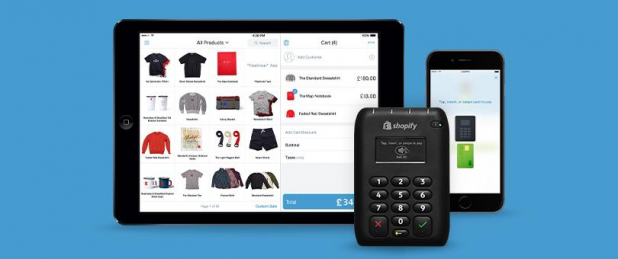
As well as adding the right payment options, make sure to update your SSL certificate, too. Concerns about payment security are another reason for abandoned carts and it all comes down to trust.
5. Offer Guest Checkout
Customers hate inconvenience and they all love speed. If something slows them down – such as having to register before making a purchase – they will exit.
Don’t give first-time customers an easy reason to bail out. Offer guest checkout as an option so that the checkout flow is as simple and hassle-free as possible.
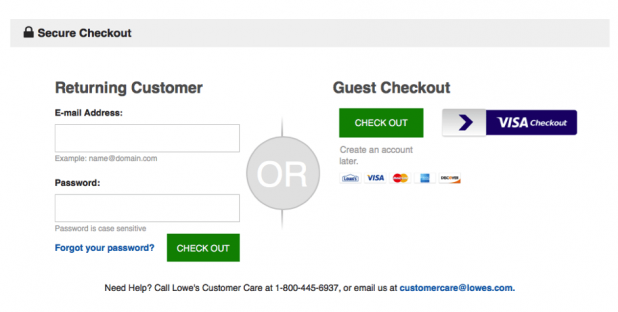
Offer them the chance to register, of course, but make sure they can check out as a guest, should they wish.
6. Add Social Proof
The customer might have second thoughts about a particular product because no one else has endorsed it. How do they know it’s going to be worth the money if no one has written a review of it yet?
How do they even know anyone else bought it yet?
Customers trust online reviews. Online reviews give your store more credibility and help to build trust. Add them to your product pages. If you don’t have too many, email past customers and politely ask if they’ll consider leaving you one.
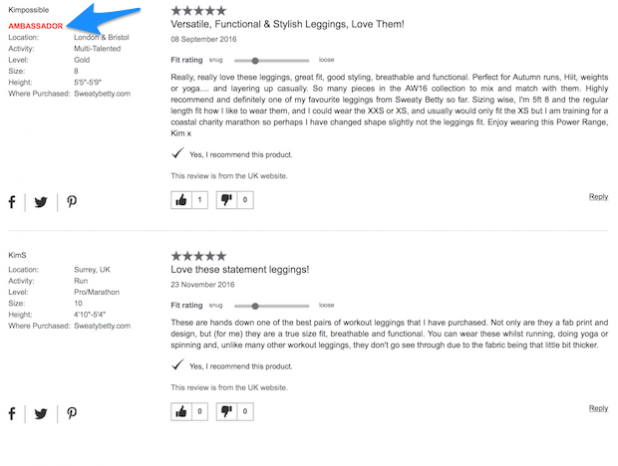
Social proof is a very powerful thing, and it’s really important that you leverage it.
7. Offer Live Support
If a customer has a big concern but no one is on hand to answer it, they will abandon their cart.
Of course, you can’t always be available 24/7 to answer queries. A good idea is to add a live chat service if you haven’t done so already. Artificial intelligence-driven chatbots are able to learn about each customer they interact with and provide personalized answers that help them overcome their problems.

They are ‘always on’ and they can provide the support that nudges the customer closer to a sale. So add them to your checkout page and make them easy to spot.
Conclusion
Cart abandonment has been a big problem since eCommerce existed. The good news is that there are ways to get those percentages down and increase your sales and long term customer loyalty.
Put these tips into action, build stronger bonds with your customers, give them more of what they want – and grow your store.


